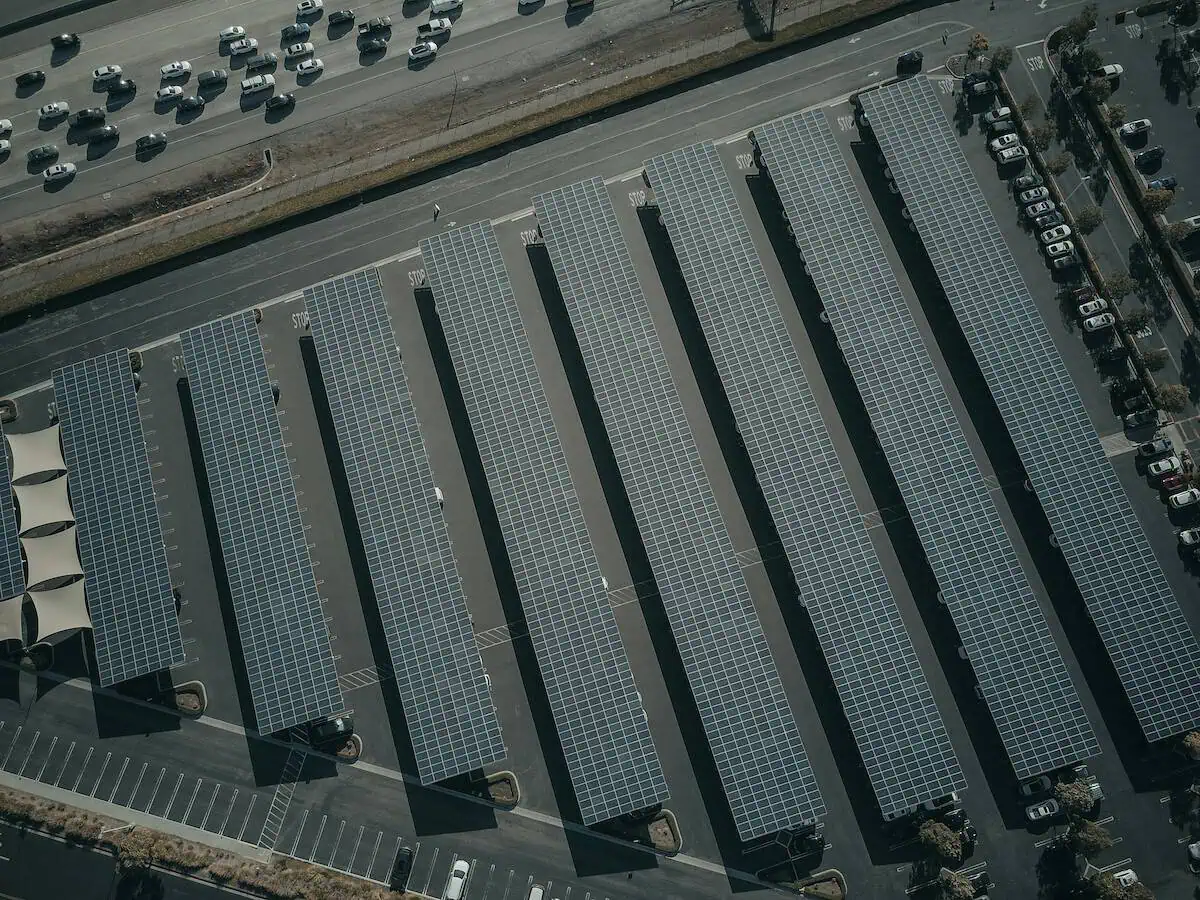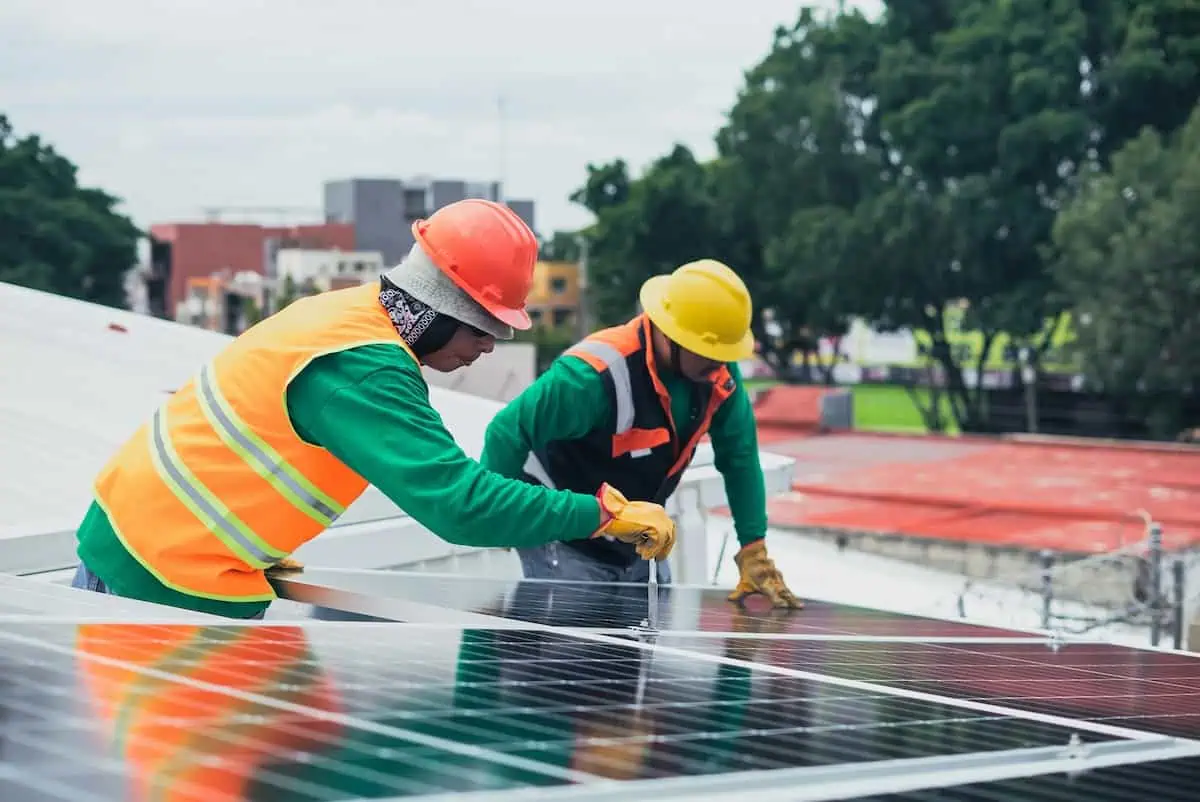Switching warehouses to solar energy improves efficiency and green credentials while saving money—a smart decision for eco-conscious companies. Since warehouses have a lot of roof space, they’re great for setting up solar panels to make their own electricity.
This move not only supports clean energy but also leads to significant energy bill savings, merging economic and environmental advantages.
Solar for businesses in NZ and across the globe are gaining traction as an intelligent solution for enhancing efficiency, green credentials, and cost savings. As warehouses possess extensive roof space, they are ideal candidates for solar panel installations, allowing them to generate their own electricity.
This approach not only benefits the environment but also offers a clever way to modernize your energy usage and decrease dependence on traditional power grids.
Why Use Solar Energy in Warehouses?
Warehouses use a ton of energy for things like lights, heating, cooling, and running all sorts of machines. Using the usual power sources makes it expensive, causes a lot of pollution, and uses up resources, which isn’t great for the earth. Solar energy provides a cleaner, more cost-effective solution, significantly reducing grid electricity dependence.
Harnessing sunlight, solar panels lower energy bills and greenhouse gas emissions, offering an effective way to decrease both expenses and environmental impact.
The affordability of solar technology, boosted by global government incentives, has increased its attractiveness for warehouse operations. Solar panels’ capability to directly convert sunlight into electricity enables tailored installations for any size of the warehouse, making solar energy a versatile and beneficial choice for powering these facilities, with both short-term and long-term gains.
Assessing Warehouse Suitability for Solar Energy
Before diving into solar, it’s important to check if your warehouse is right for it. Key factors to consider include:
Roof Condition and Space
When adding solar panels to your warehouse, ensure the roof is sturdy and spacious enough for installation. A south-facing, unshaded roof maximizes sunlight exposure, which is essential for optimal energy production.
This optimal setup transforms your warehouse roof into an effective solar power generator.
Energy Consumption
Understanding your warehouse’s energy use is essential for designing an effective solar system. By identifying peak power times and consumption levels, you can tailor a solar solution, possibly with battery storage for night use.
Analyzing energy bills and usage patterns helps create a solar setup that maximizes efficiency, making the shift to solar both eco-friendly and cost-saving.
Location
Solar panel efficiency varies with your warehouse’s location and is affected by sunlight intensity and climate. Equatorial regions benefiting from direct sunlight are optimal for solar power, whereas local weather patterns, especially cloud cover, impact energy production. Cooler climates may improve panel efficiency.
Evaluating these elements is key to determining system size and potential need for energy storage, ensuring your solar investment is tailored to your location’s specific characteristics for maximum benefit.
Regulatory and Grid Connection Requirements
Before installing solar panels, it’s important to navigate local solar regulations and the grid connection process. This involves understanding varying rules and incentives ensuring your system can integrate with the grid, which may require additional steps like paperwork and infrastructure upgrades.
Properly addressing these aspects ensures legal compliance, efficient grid connection, and the ability to sell back excess energy, optimizing your solar investment.
Choosing the Right Solar Energy System
Selecting the right solar energy system is not just about installing any solar panels you can find. It’s about carefully considering your specific needs, goals, and local conditions to choose a system that is efficient, cost-effective, environmentally friendly, and suitable for your situation.
Consulting with solar energy experts and conducting thorough research are key steps in making an informed decision.
The types of solar energy systems suitable for warehouses include the following:
Photovoltaic (PV) Systems
Photovoltaic (PV) systems convert the sun’s energy into electricity using silicon-based solar panels, ideal for warehouses because of their scalability, low maintenance, and long durability, often backed by warranties of over 25 years.
Despite the upfront cost, they offer substantial long-term savings and sustainable energy from the sun.
Solar Thermal Systems
Solar thermal systems utilize sunlight to heat water or air through solar collectors, making them suitable for warehouses requiring significant heat. They offer a sustainable alternative to traditional fuels, leading to energy savings and reduced emissions. Scalable to various needs, these systems efficiently meet heating demands by leveraging the sun’s abundant energy.
The choice between these systems depends on the warehouse’s specific energy needs and the local climate. Additionally, businesses can opt for on-site battery storage systems to store excess solar energy for use during non-sunny periods, enhancing energy independence and reliability.
Financing and Incentives
The initial cost to set up a solar energy system can be significant. However, various financing options and government incentives can help mitigate these costs. Options include solar leases, power purchase agreements (PPAs), and solar loans, each offering different benefits depending on the business’s financial situation and goals.
Additionally, many countries offer tax credits, rebates, and grants for solar energy installations, further reducing the financial barrier to entry.

Implementation Process
Implementing solar energy in a warehouse involves a systematic approach, starting with a feasibility study and design to ensure suitability and optimal system design. Selecting a reputable contractor with commercial installation experience is crucial. The process also requires obtaining necessary permits and approvals from local authorities and utility companies.
The installation phase includes setting up solar inverters, panels, and other components. Finally, the system is tested, commissioned, and connected to the grid, ensuring it meets all operational standards. This approach ensures the warehouse’s transition to solar energy is efficient, compliant, and tailored to its energy needs.
Maintenance and Monitoring
Solar energy systems require minimal maintenance, primarily involving regular cleaning of the panels and periodic checks to ensure all components are functioning correctly.
Many systems also come with monitoring software that allows warehouse operators to track energy production and consumption in real time, enabling them to identify and address any issues promptly.
Conclusion
Integrating solar energy into warehouse operations presents a significant opportunity for cost savings, environmental protection, and enhanced operational sustainability. Warehouse operators are encouraged to assess facility compatibility with solar energy, explore financial incentives, and follow a structured implementation process.
As technology advances and the emphasis on sustainability grows, solar energy’s potential to revolutionize warehousing and contribute to broader environmental goals, like reducing carbon emissions and combating climate change, becomes increasingly apparent.
Article and permission to publish here provided by Claire Glassman. Originally written for Supply Chain Game Changer and published on April 8, 2024.
Images provided by pexels.com.

